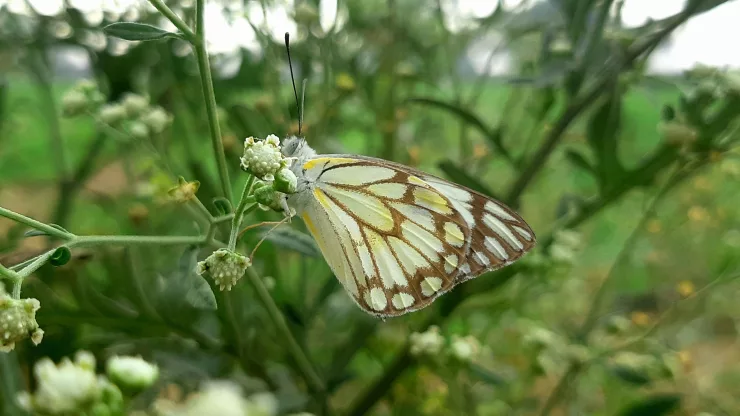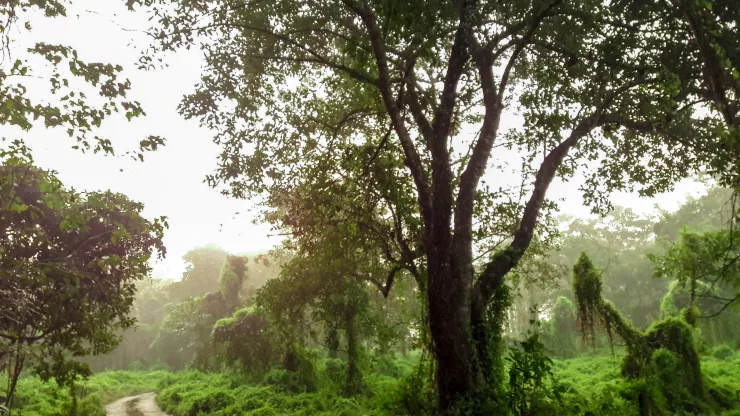Urban development has brought about significant changes in the way we live, work, and interact with the environment.
While urbanization is inevitable, it is crucial to balance it with conservation efforts to protect the natural resources and biodiversity.
Soil and wildlife conservation play a vital role in sustainable urban development, and their interplay is essential for creating livable and resilient cities.
Jump to Section
The Importance of Soil Conservation in Urban Development
Soil is a crucial component of urban ecosystems, providing essential services such as water filtration, carbon sequestration, and nutrient cycling.
However, urbanization often leads to soil degradation, which can have adverse impacts on human health, economy, and the environment.
To mitigate these impacts, soil conservation practices such as composting, rainwater harvesting, and green infrastructure can be implemented in urban areas.
These practices not only improve soil health but also provide additional benefits such as reducing urban heat island effects and enhancing urban biodiversity.
Balancing Urban Growth and Wildlife Conservation
Urbanization can have significant impacts on wildlife, leading to habitat loss, fragmentation, and species decline.
However, incorporating wildlife conservation into urban planning can help minimize these impacts and create a more sustainable and livable urban environment.
This can be achieved through measures such as creating green corridors, preserving and restoring natural habitats, and implementing wildlife-friendly design features.
By balancing urban growth and wildlife conservation, we can create cities that are not only more livable but also more resilient to future challenges.
Innovative Approaches to Urban Biodiversity Conservation
Urban biodiversity conservation requires innovative approaches that go beyond traditional conservation methods. One such approach is citizen science, which involves engaging the public in scientific research and monitoring.
Citizen science can help collect data on urban biodiversity, raise awareness, and build community support for conservation efforts.
Another approach is the use of green infrastructure, which involves using natural systems such as green roofs, rain gardens, and permeable pavements to manage stormwater and provide habitat for urban wildlife.
These innovative approaches can help create more sustainable and resilient cities that benefit both humans and wildlife.
The Role of Community Engagement in Sustainable Urban Development
Community engagement is crucial for creating sustainable and resilient cities that balance urban growth and conservation.
Engaging the public in urban planning, decision-making, and conservation efforts can lead to better outcomes, increased awareness, and community ownership.
This can be achieved through initiatives such as community gardens, urban greening projects, and citizen science programs.
By involving the community in sustainable urban development, we can create cities that are not only more livable but also more equitable and inclusive.
FAQ
How can I get involved in urban conservation efforts?
There are many ways to get involved in urban conservation efforts, such as volunteering for local conservation organizations, participating in citizen science programs, and advocating for sustainable urban planning and development.
You can also make a difference in your daily life by practicing sustainable behaviors such as composting, using public transportation, and reducing energy consumption.
What are some benefits of urban biodiversity conservation?
Urban biodiversity conservation can provide many benefits such as improving air and water quality, reducing urban heat island effects, enhancing urban aesthetics, and providing opportunities for recreation and education.
Additionally, preserving and enhancing urban biodiversity can help mitigate the impacts of climate change and promote ecosystem resilience.
How can I encourage my local government to prioritize urban conservation efforts?
You can encourage your local government to prioritize urban conservation efforts by attending public meetings, writing letters and petitions, and participating in public comment periods.
You can also join local conservation organizations and support their advocacy efforts.
By raising awareness and building community support, you can help create a more sustainable and resilient urban environment.
Urban development and conservation are not mutually exclusive, and their interplay is crucial for creating sustainable and livable cities.
By prioritizing soil and wildlife conservation, engaging the community, and adopting innovative approaches, we can create cities that are more resilient, equitable, and inclusive.
Let us work together to build a future where urban development and conservation go hand in hand.
I’m a nature enthusiast and creator of Metro Wilds and have spent years exploring the great outdoors.
With a passion for environmental conservation and sustainability, I have dedicated my career to writing about the beauty and wonders of nature, as well as the threats facing our planet.
Contact me at [email protected] for assistance.





